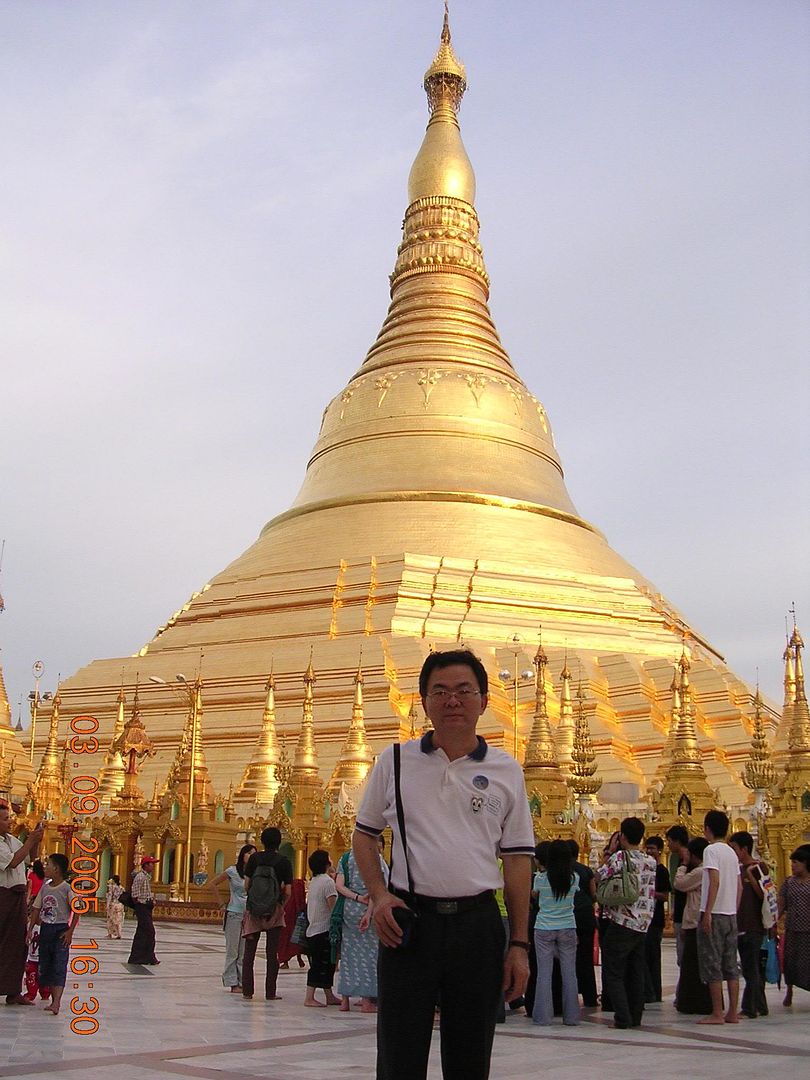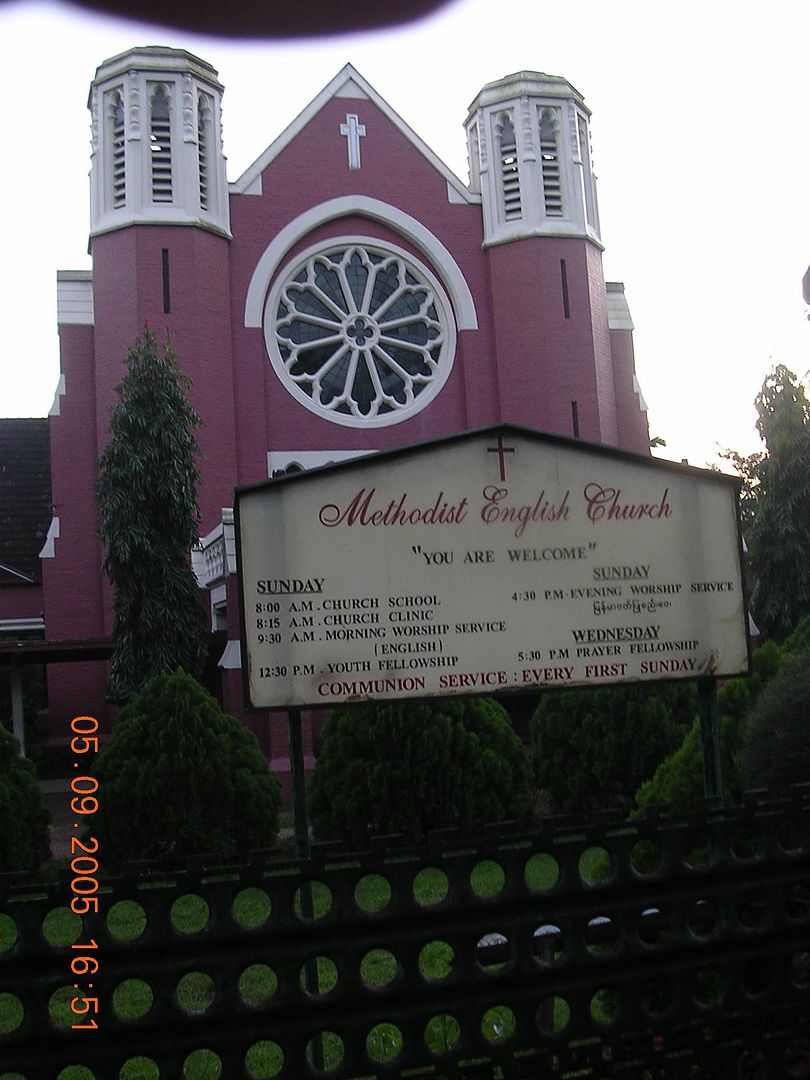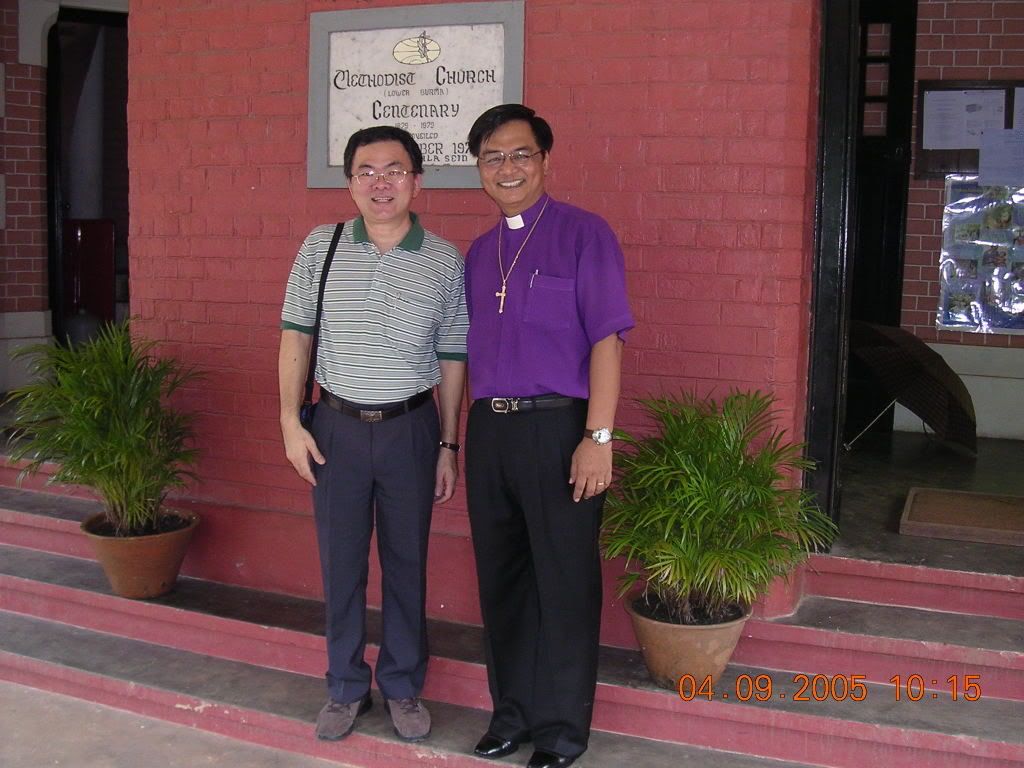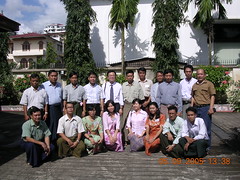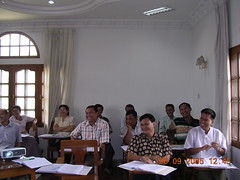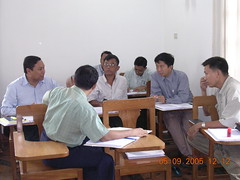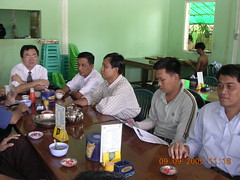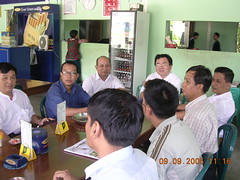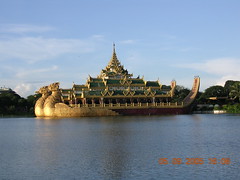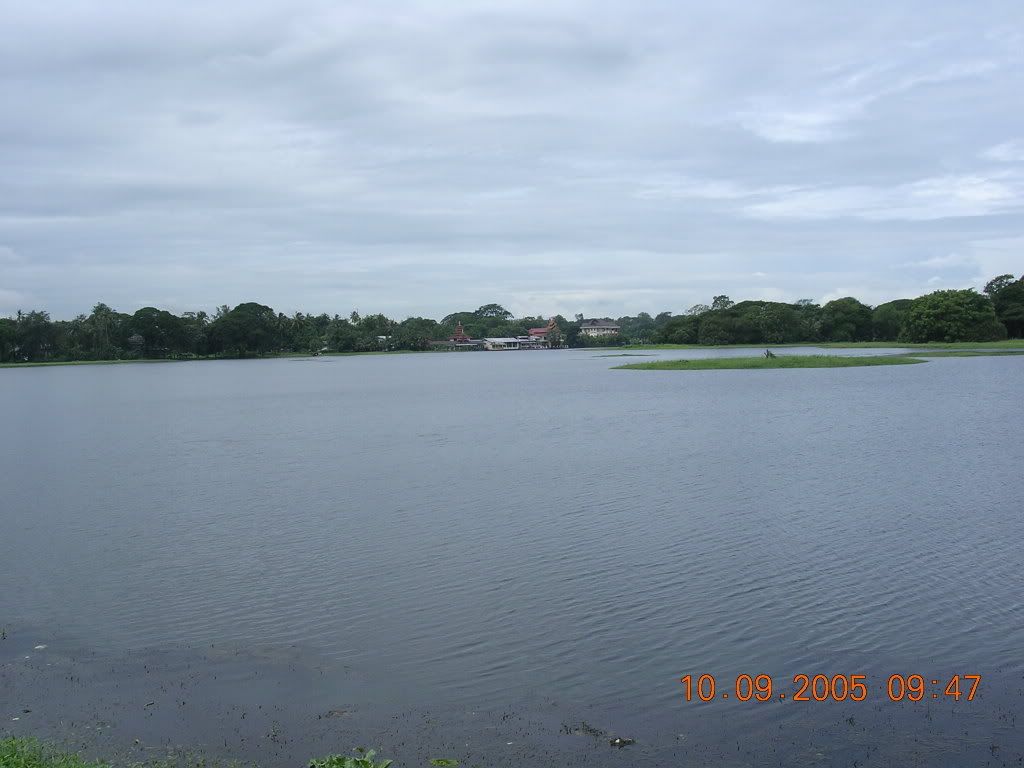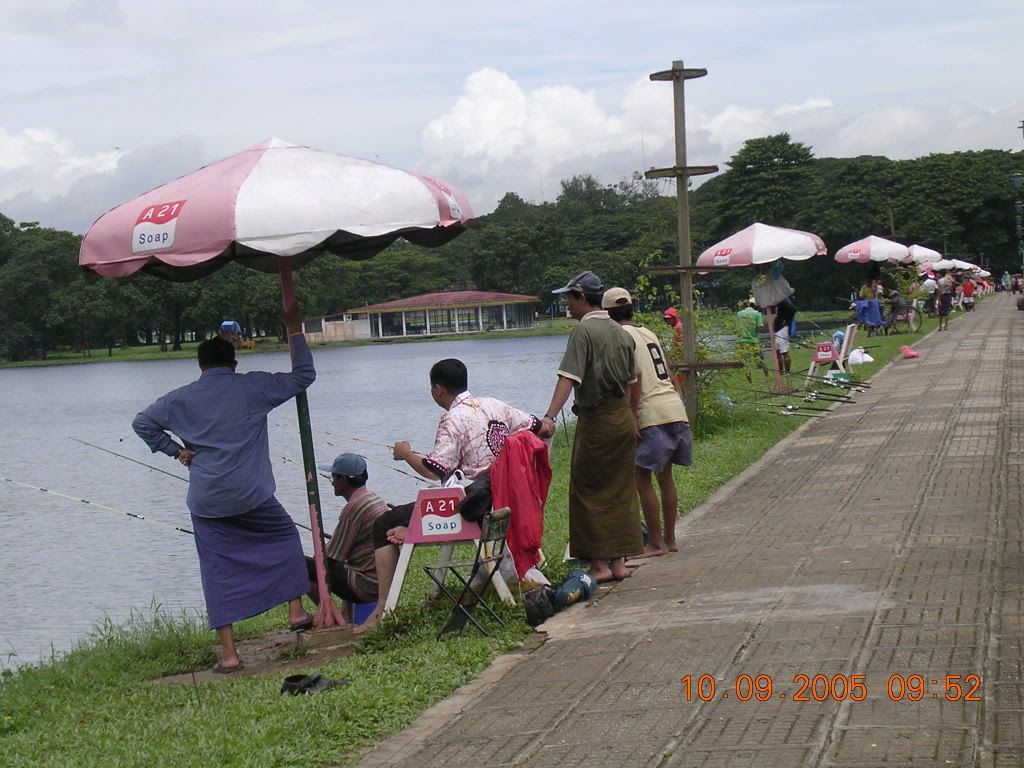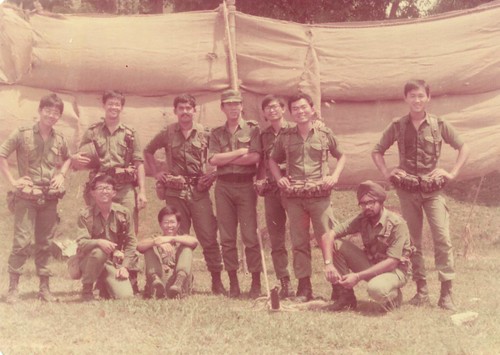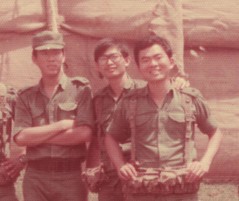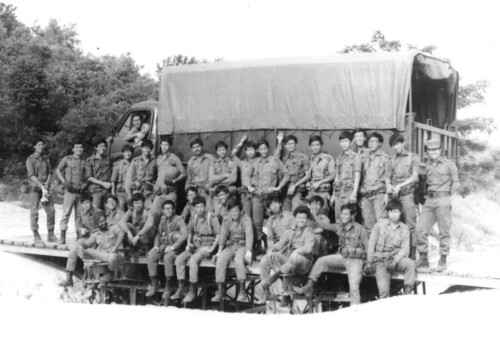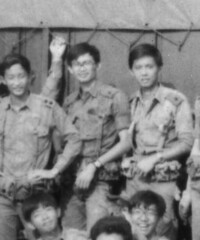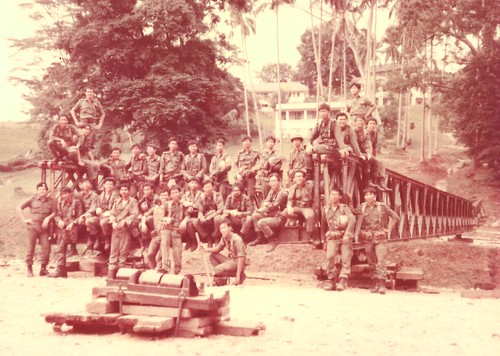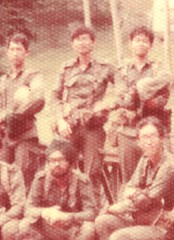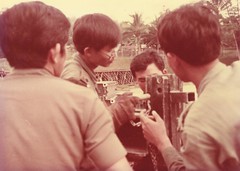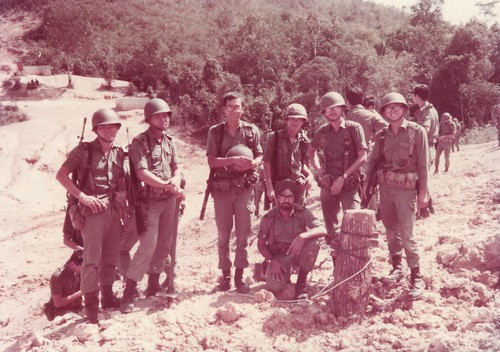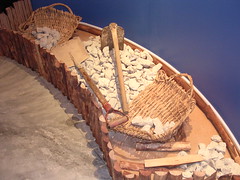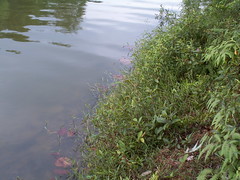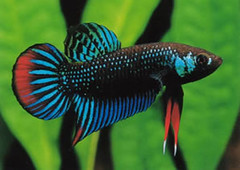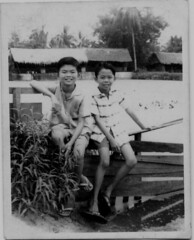What is an article about the Singapore General Elections doing in a nostalgia blog like Good Morning Yesterday? - you are probably asking.
Good question. The reason is, I have more difficulty remembering about the last time I voted than about my kampong days in Lorong Kinchir. You see, I live in the prestigious District 10 of Singapore where the residents are supposed to be all rich and successful. Consequently, no opposition had dared to venture into our neighbourhood for ages.
I do not know for sure, but I believe the last time there was a contest in my constituency, it was between the PAP’s Lim Boon Heng and the son of Francis Seow – my apologies, I can’t even recall the guy’s name. I remember he was quite a bald chap. Please don’t ask me what year that was. I heard that the gentleman has since emigrated to Australia or somewhere.
Not much has happened, politics-wise in my area since that memorable event. I think my area became part of Bukit Timah, and then subsequently Bt Timah-Holland GRC.
As I mentioned in my previous post, I don’t know much about politics. But nevertheless, I cannot help wondering; why are the opposition so scared of Bt Timah? Could it be that, since politics in Singapore is all about bread-and-butter issues, and Bt Timah being perceived as a ‘rich man’s area’, the constituents will always vote for PAP?
Just for the fun of it, I would like to apply my friend, victor’s ‘contrarian’ way of looking at this issue.
People in Bt Timah are suppose to be rich and successful. We do not need to approach our MPs for help. Consequently, we hardly know our MPs. Likewise, our MPs also don’t need to know us. I have never, in all my twenty years in Bt Timah met an MP walking about to meet the people. In contrast, I have met Mr Tharman in the food court in Taman Jurong Point twice. As it is walkover every time, I also do not get to see their photos on banners during election time, unlike other parts of Singapore. So I can be excused for not knowing who my MPs are (Actually I know 2 of the names, Lim Swee Say and Mrs Yu-Foo ? ?)
Given this happy situation, it does not seem to matter who gets elected in Holland-Bt Timah. Even if we voted in a bunch of opposition MPs, it is not going to make much difference in our lives anyway, and we would probably not get to see them until the next election.
So I think the opposition should have tried their luck and come to Holland-Bt Timah. Heck, they don’t even need to promise us lifts on every floor. All they need is to assure us lots of fireworks in parliament, and who knows; some of the problem-free residents here may just decide to vote for them.
Yes, I know what you are thinking. Mr Lam, your so called political analysis sucks. You better stick to nostalgia.
Seiso is Cleaning (1) – The Importance of Seiso
-
The third ‘S’ in 5S is *Seiso*; and it simply means *Cleaning*.
*Example 1: Our beloved AR-15*
Many of us who have gone through NS (National Service) will ...
